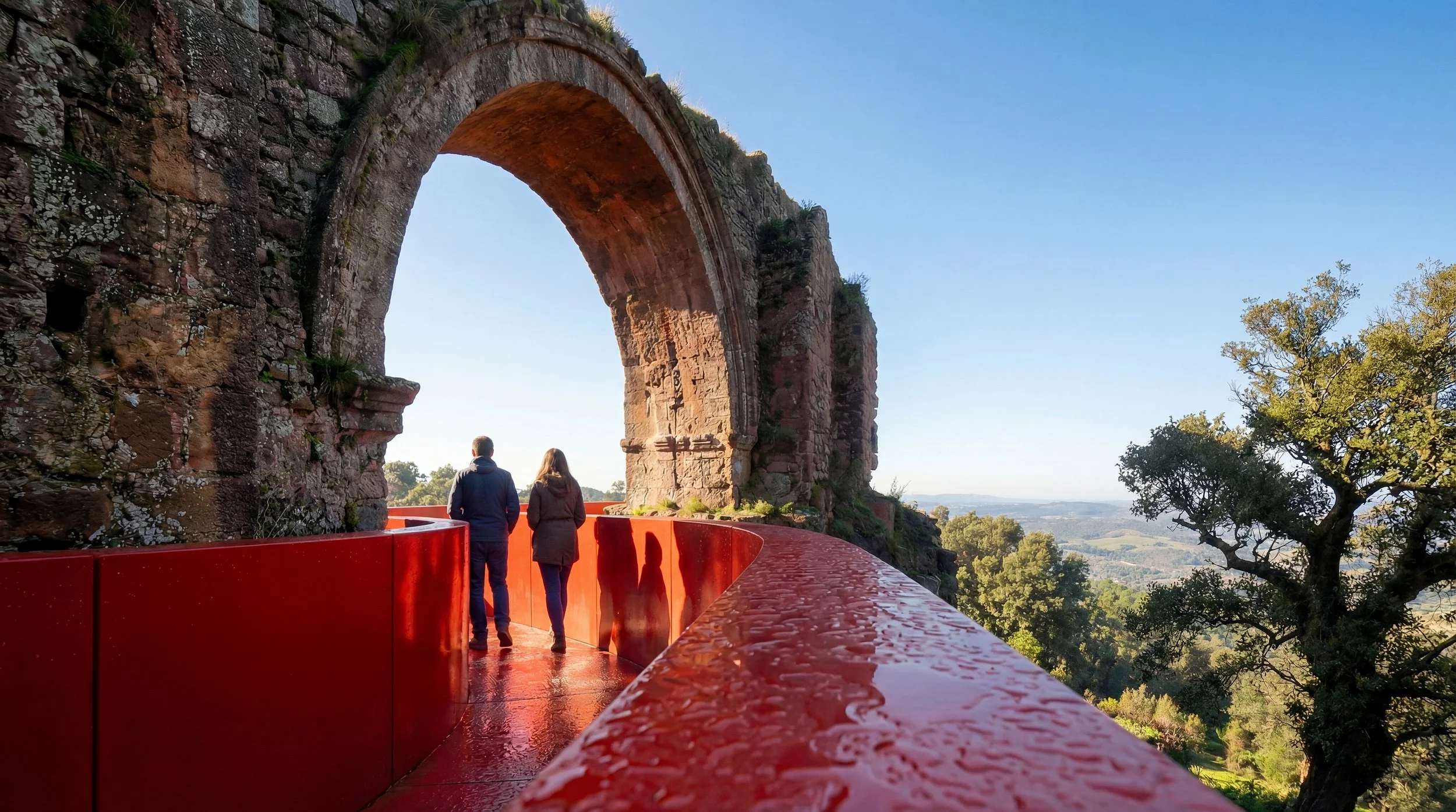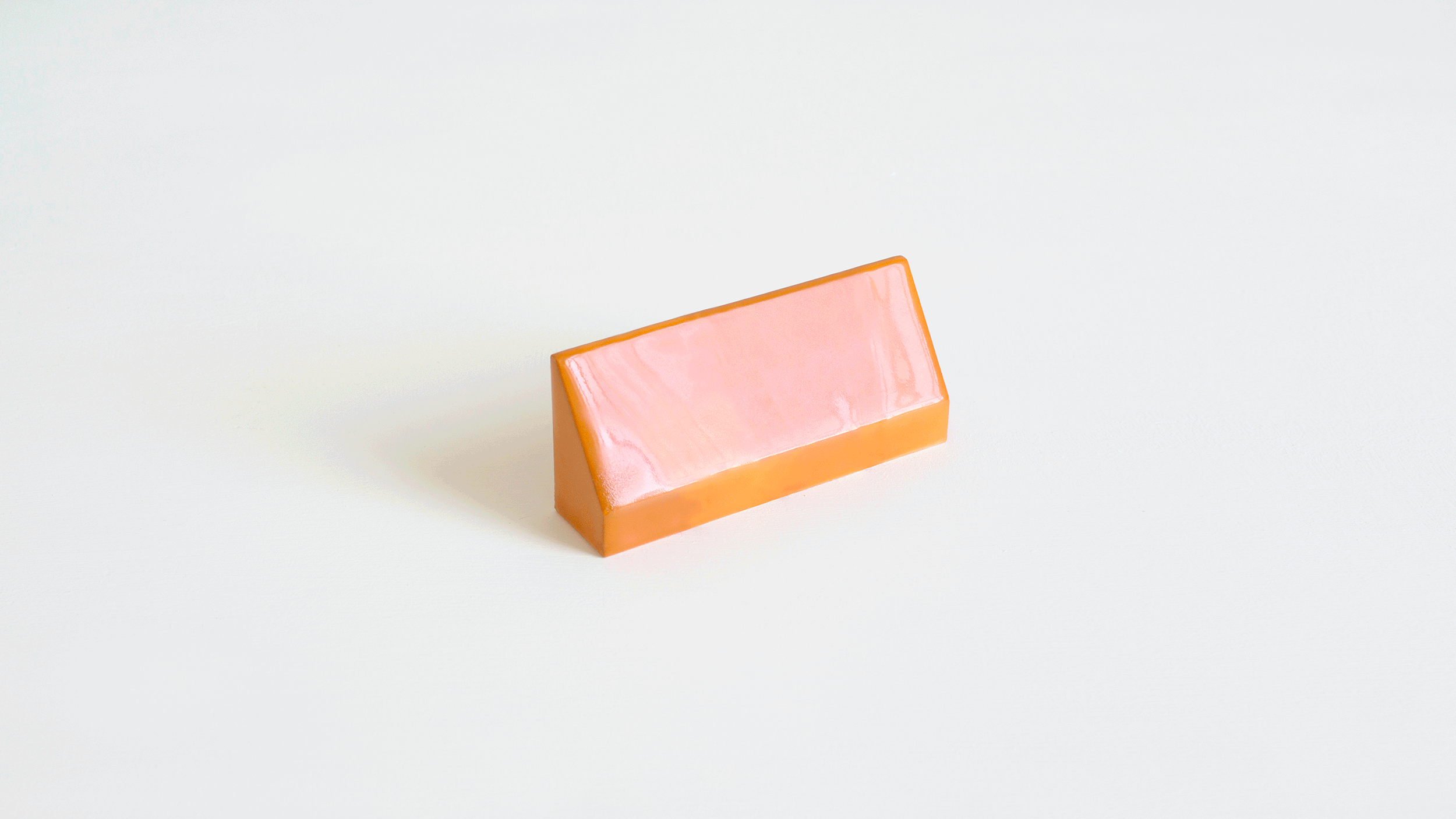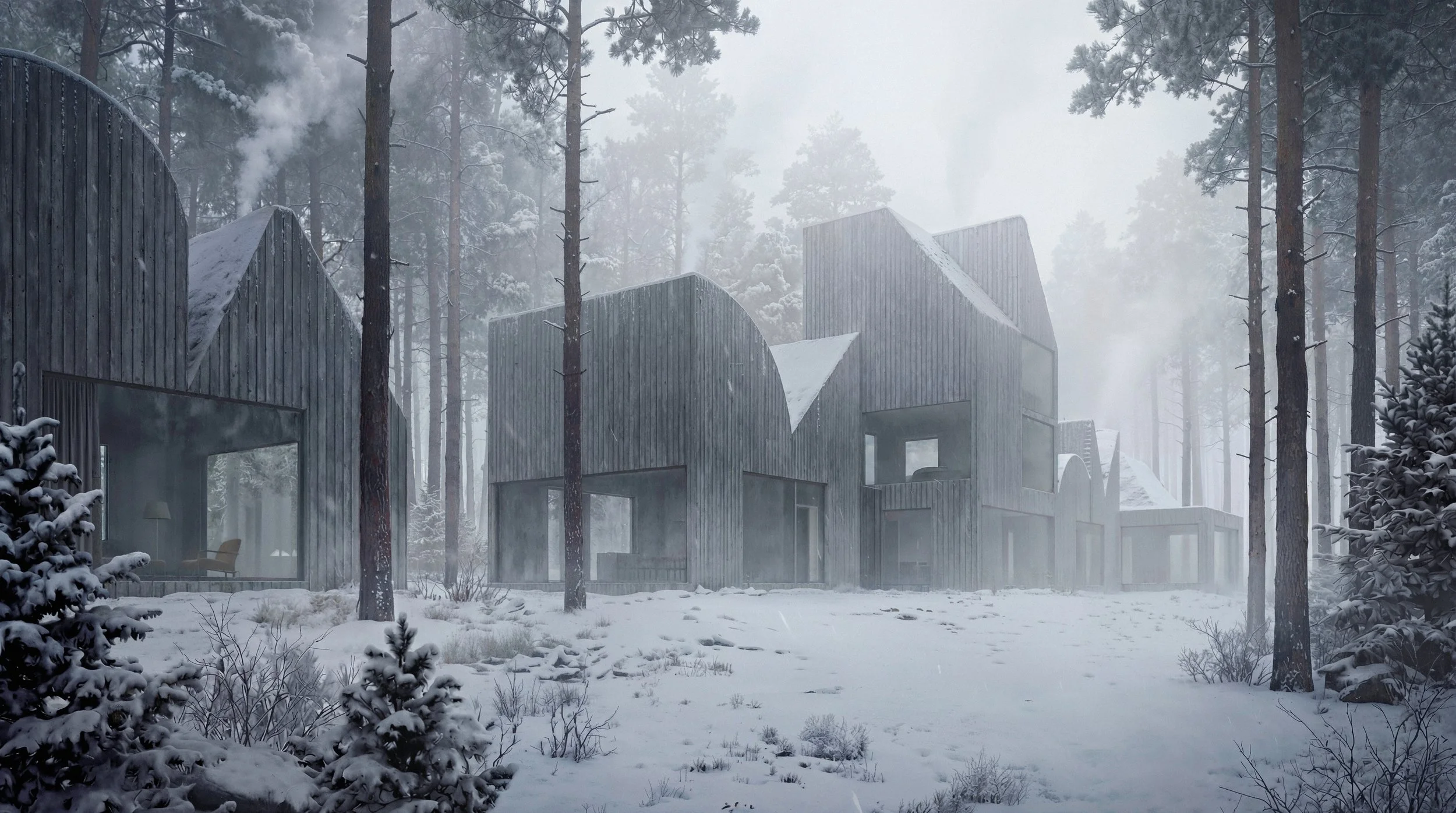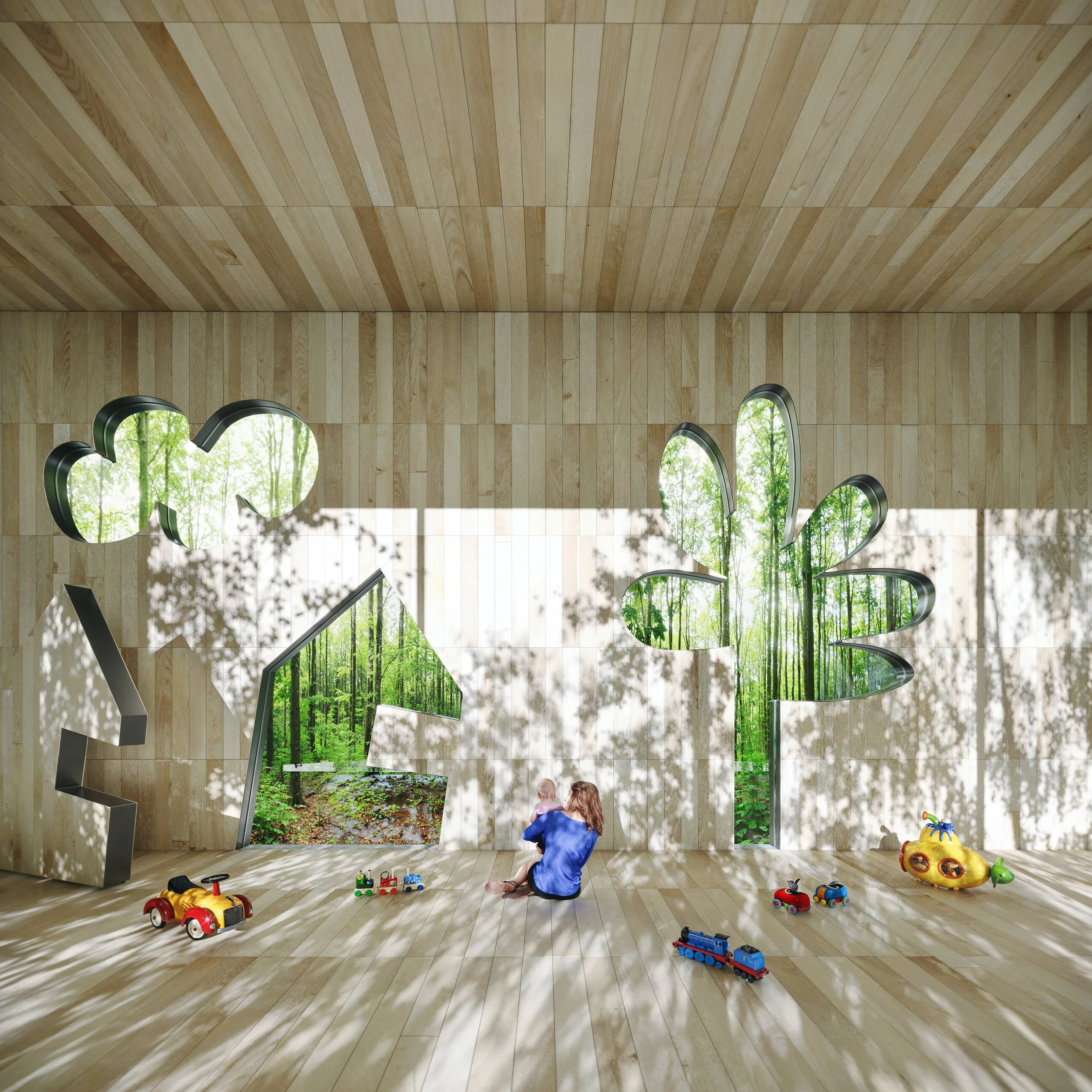THE PACKARD BELT
2ND PLACE WINNER
Reanimate The Ruins Competition
2014
Site: Packard Automotive Plant. Detroit, Michigan
Program: Mixed Used Masterplan
The Packard Automotive Plant in Detroit, a once producer of luxury cars, was completed in 1911 and closed its doors in 1958, subsequently falling into ruin and becoming a symbol of the city’s downfall and financial crisis. The call for an International Competition titled Reanimate the Ruins, aiming to design, master plan and update the complex was immediately fascinating. This story of possible regeneration was moving to me since I was born in Havana, another city that has also become synonymous with ruins and destruction.
The Packard Factory ruins are buildings in which cars were born. By thinking of this original situation, the history of the relationship between the car and the building became central to the project’s narrative. That relationship between the first generation of cars and the buildings with which they coexisted in the city was, from the very beginning, radically autonomous. The car was confined to the street while the building was to be located within the city block, becoming the realm of the people. The worlds of the machine and that of men were detached, and they rarely crisscrossed programmatically.
Only until the opening of the Lingotto Building in Turin and others like it, the car became a contributor of building design but this progressive relationship was not carried on in future integrations. The condition of segregation and detachment between the car and building needs reevaluation in favor of a more inclusive and integrated system. The Packard Factory seemed the perfect opportunity to reignite this lost dialogue.
At 3000 feet long, the building does not relate to the surrounding city blocks and will always be viewed as a barrier. By dividing the larger volume into smaller buildings, we not only reduce the scale to a contextually sensitive one but also enable porosity across the buildings and the possibility of cross-programmatic interaction.
Despite the car’s role in creating sprawl and destroying Detroit’s city center, it was impossible to treat it as an irrelevant part of the architecture in this specific case. The created serpentine belt that folds and meanders through the existing structures is seen as a way to stitch together all the resulted smaller scale buildings. It creates the grander gesture needed for a cohesive master plan. The form was inspired by the regenerative power of the serpentine belt found in car engines, which provides and unifies different components into a holistic functioning system. The cultural belt in the project unites the many disparate programmatic elements as well as it generates the high social and cultural voltage for a successful community.
*click and wait to load!



































